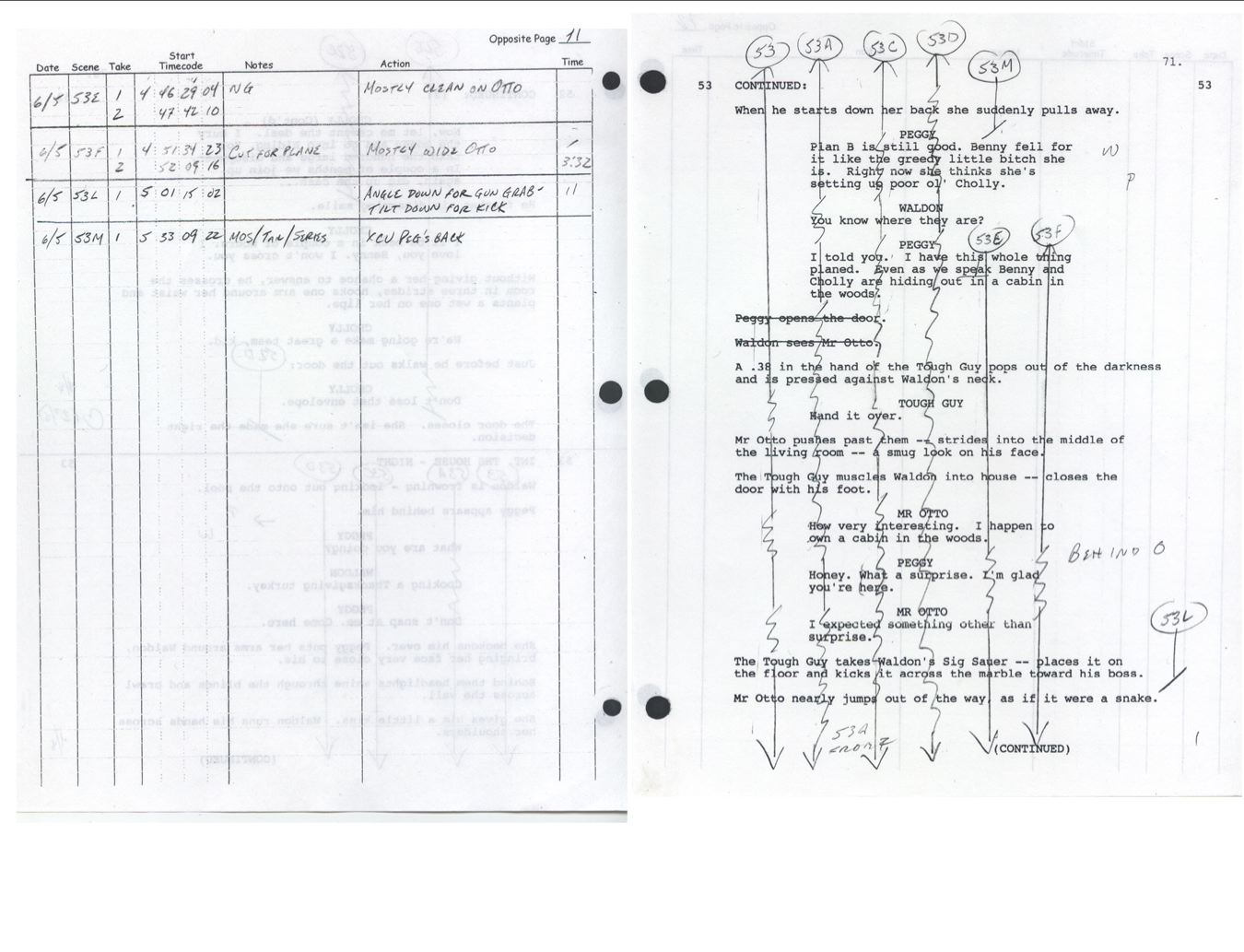Hi! I realise that I am putting my head in the lion's mouth here, as everyone will shreik "DON'T PUT CAMERA ANGLES IN A SPEC SCRIPT", but where the entire story rests upon two specific camera angles, I do actually have to specify these two shots. (Don't worry, there are indeed ONLY two camera shots schedule throughout the entire 118 pages!)
THe thing is this...
In a piece of music, if something has to be played in SHARP, it is cancelled with a NATURAL symbol once the part played in sharp is finished. Likewise, if I have an OVERHEAD shot, what is the shot name to "undo" OVERHEAD once the piece is finished, that is what is the camera shot word that I need to use to restore to normal level shooting?
THe thing is this...
In a piece of music, if something has to be played in SHARP, it is cancelled with a NATURAL symbol once the part played in sharp is finished. Likewise, if I have an OVERHEAD shot, what is the shot name to "undo" OVERHEAD once the piece is finished, that is what is the camera shot word that I need to use to restore to normal level shooting?


